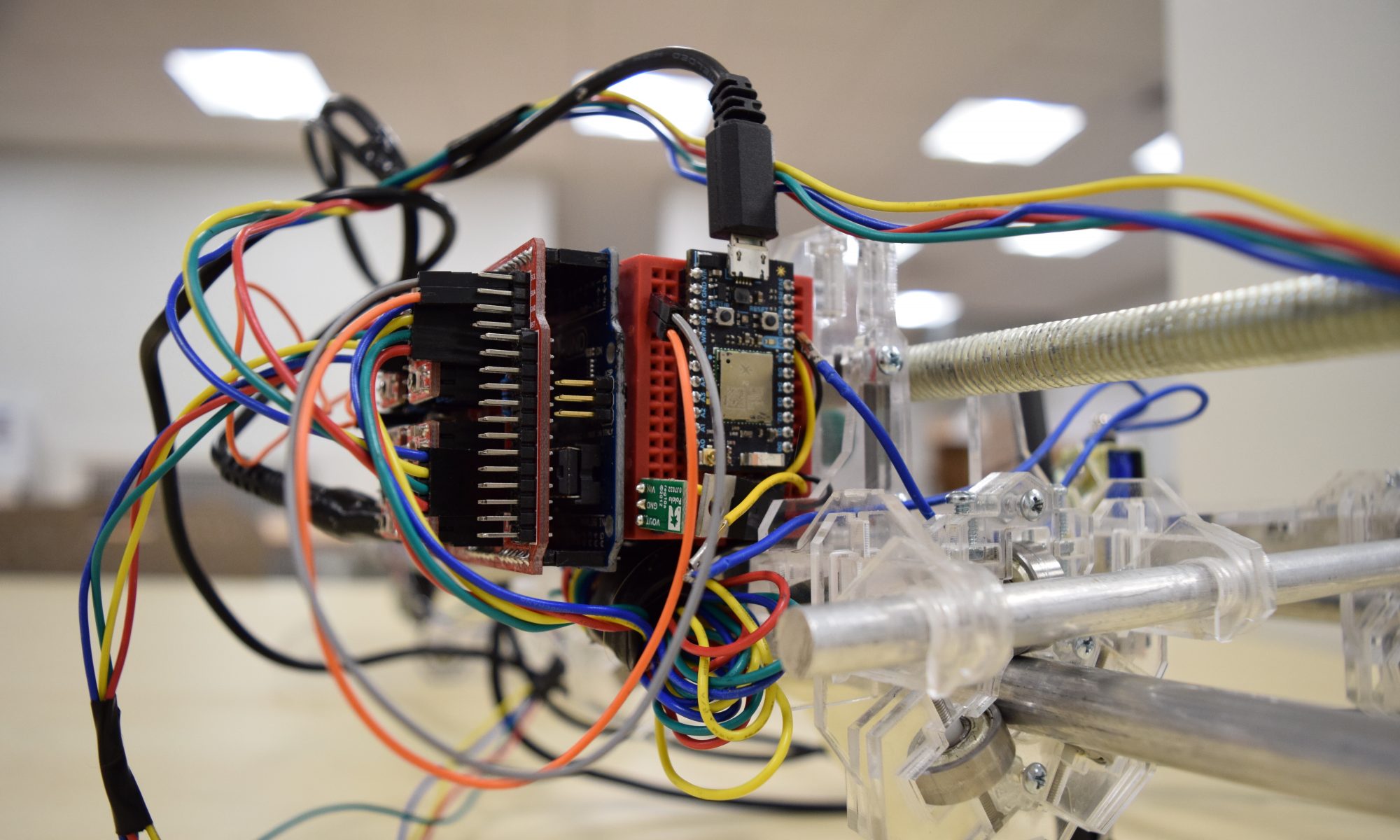PROMPT
Create a physical and interactive object or experience.
SKILLS
This project is a culmination of all of the skillbuilding you’ve done this semester. As such, we expect you to incorporate as much of the things you’ve learned as is possible/feasible/desirable for your project. That being said, don’t shoehorn things in that don’t fit, just to check off boxes.
DATES
Tuesday, April 18th — Final Project Proposals Due
Thursday, April 20th — CMU Holiday, No Class
Thursday, May 4th — Final Project Critique
Tuesday, May 9th — Final Project Documentation Review (In Class Viewing)
DETAILS
Requirements:
- At least one physical I/O component
- Sensor or Actuator
- Computation
- This project requires some analysis of input data: filtering, deciphering, projecting, predicting, etc.
- Physical form
- The physical characteristics of your project must be considered and intentional.
- Documentation
- High fidelity video explaining and demonstrating the project
- Must be shot on a DSLR or better
- Intentional lighting (outside, near window, in a studio, in a gallery, etc)
- Tripod. Stability. No shaky cams.
- At least one high resolution photograph of your project.
- Brief written description of your project, explaining the purpose and components.
- High fidelity video explaining and demonstrating the project




